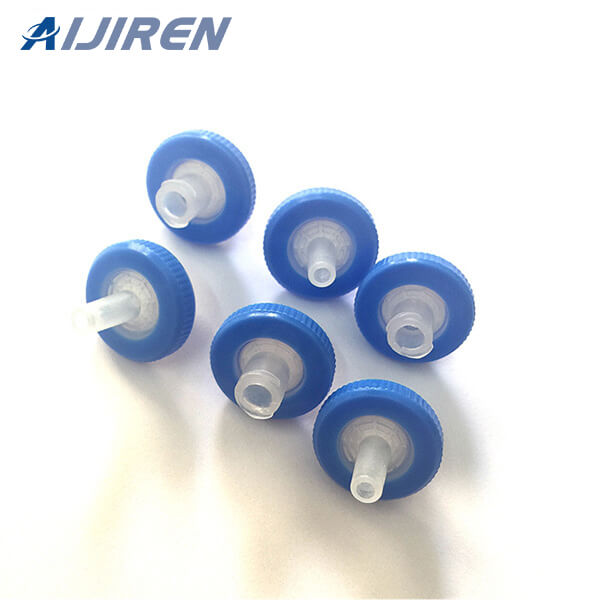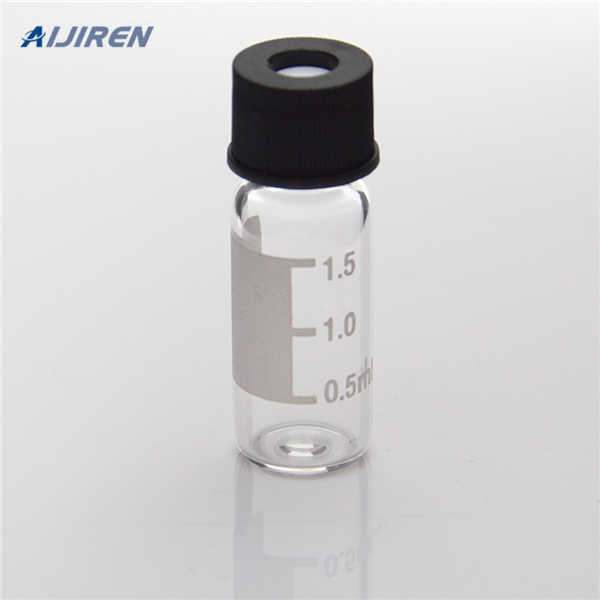
Cellulose Acetate (CA) Cellulose Acetate (CA) is a very low binding Membrane for most Macromolecules and are especially recommended for applications requiring maximum Protein recovery. Very low Protein and DNA binding. Ideal for aqueous based biological Samples. Moderate Chemical Resistance.

Cellulose acetate membranes are hydrophilic membranes that offer excellent flow rates. They are low protein-binding and provide superior chemical resistance to alcohols and oils. They are best used at a pH of 4-8 and an operating temperature below 180 degrees Celsius. Related Products: Cellulose Acetate Filter.

Cellulose acetate filters are made of a mixture of cellulose diacetate and triacetate. These cellulose membrane filters are hydrophilic in nature. Cellulose acetate filters are prepared by a solution of cellulose acetate, acetone and polyethylene glycol (PEG).

Feb 10, 2020 · Cellulose acetate modified by poly (ionic liquids) (2.0 g) or cellulose acetate (2.0 g) was dissolved in acetic acid (24 g) and stirred at 30 °C. Then, this solution was poured into 20 mL plastic syringe as the electrospinning fluid.

or filter unit. Surfactant-free cellulose acetate membranes with very low levels of extractables are available on some Corning® syringe filters. Cellulose nitrate (CN) membranes are recommended for filtering solutions where protein binding is not a concern. They are recommended for use in general laboratory applications such as buffer filtration.

Cellulose Acetate Membrane Syringe Filters Type- SYCA $0.00 Ex Tax: $0.00 Add to Cart

EXW price ptfe 0.22 micron filter Corning-PTFE Membrane Filter Corning® 1000 mL Vacuum Filter/Storage Bottle System, 0.22 µm Corning® 1000 mL Vacuum Filter/Storage Bottle System, 0.22 µm Pore 54.5cm² PES Membrane, Sterile, 12/Case Polyethersu Membrane filter hplc | Sigma-Aldrich This 33 mm syringe filter with a Hydrophilic PTFE membrane, for non-sterile filtration on the Samplicity G2

Chart below shows the Chemical Compatibility of various types of membrane filters with some commonly used 0 chemicals. All types of membrane filter products were exposed to specified chemicals/reagents for 3 days at 25 C. Upshot: All products retain its Integrity after Chemical compatibility Test.

Gravimetric Analysis Membrane Filter, 0.22 µm, mixed cellulose esters with thin pad, 37 mm, white. A 0.22 µm pore size non-sterile filter validated for air monitoring. With biologically inert mixtures of cellulose acetate & cellulose nitrate, MF-Millipore membranes are widely used in analytical & research applications.

Syringe filters with different pore size ratings are suitable for different applications. For example, syringe filters containing 0.45 μm are typically used for HPLC sample preparation and 0.2 μm is used for UHPLC. In life science applications 0.1 and 0.2 µm pore sizes provide sterilization of buffers, culture media, and additives.
.jpg)
Cellulose Acetate Membrane Syringe Filters with Prefilter Type- SYCG. mdi SYCG syringe filters incorporate low protein binding Cellulose Acetate membrane with microglassfiber pre-filter for efficient removal of colloidal particles and enhanced throughputs with difficult to filter solutions.The syringe filters are HPLC certified and validated for retention efficiency,extractables, fitment and

Cellulose acetate membranes have a very low aqueous extract of . 2 % and are available in the common pore sizes. A pore size of 0.2μm is the filter of choice for sterile filtration and clarification of aqueous solutions (pH 4 - 8), such as nutrient media, buffers and sera.

Pricing. SLGV004SL. A 4 mm diameter sterile syringe filter with a 0.22 µm pore size hydrophilic PVDF membrane. Comes in a pack of 100. Expand. Hide. SLGVV255F. A 25 mm diameter sterile syringe filter with a 0.22 µm pore size hydrophilic PVDF membrane.

Minisart® Syringe Filter, Surfactant-free Cellulose Acetate (SFCA), Pore Size 0.8 µm, Ethylene Oxide, Female Luer Lock, Male Luer Lock, Pack Size 50 Added to Shopping Cart Minisart ® NML with surfactant-free cellulose acetate (SFCA) is the best choice for all aqueous solutions and oils with a pH of 4 - 8.

Syringe filters for convenient filtration of small sample sizes through membranes. Cellulose acetate membranes are hydrophilic membranes that offer excellent flow rates. They are low protein-binding and provide superior chemical resistance to alcohols and oils. They are best used at a pH of 4-8 and Compare this item